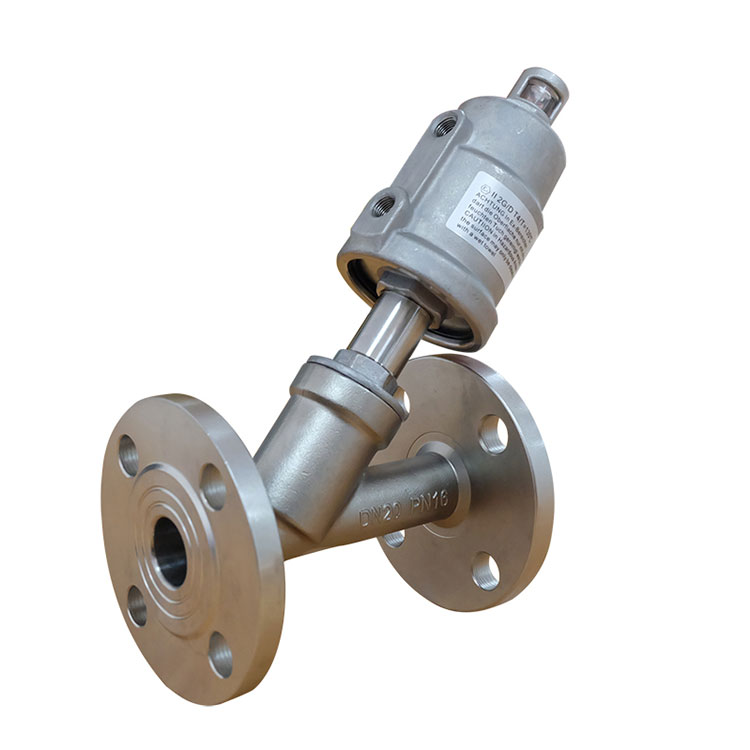Harnessing Precision: The Inner Workings and Advantages of Pneumatic Actuation in Angle Seat Valves
2024-01-12
Introduction:
At the heart of every pneumatic angle seat valve lies a sophisticated actuation system that orchestrates precise fluid control. In this blog, we'll delve into the inner workings of the pneumatic actuation system in angle seat valves and explore the advantages it brings to the realm of industrial fluid control.
Unveiling Pneumatic Actuation
1. Understanding Pneumatic Actuation:
Pneumatic actuation is a mechanism driven by compressed air to control the movement of components within a valve. In the context of angle seat valves, the actuation system plays a pivotal role in manipulating the valve seat, regulating the flow of fluids through the valve.
2. Inner Workings of the Pneumatic Actuation System:
- Pneumatic Actuator: The actuator is the powerhouse of the system. When compressed air is introduced into the actuator, it generates a force that acts on the valve mechanism.
- Spring Mechanism: Many angle seat valves feature a spring mechanism that assists in returning the valve to its default position when the air pressure is released. This ensures a fail-safe operation and helps prevent unintended fluid flow.
3. Valve Seat Movement:
The pneumatic actuation system drives the movement of the valve seat within the valve body. When compressed air is applied, the actuator moves, lifting the valve seat and allowing fluid to pass through the valve. When the air pressure is released, the spring mechanism returns the valve seat to its closed position, shutting off the flow.
Advantages of Pneumatic Actuation in Angle Seat Valves
1. Rapid Response Times:
Pneumatic actuation systems offer rapid response times, allowing for quick and precise control over fluid flow. This speed is particularly beneficial in applications where immediate adjustments are crucial for process efficiency.
2. High Precision Control:
The inherent precision of pneumatic actuation ensures accurate positioning of the valve seat. This level of control is essential in industries where precise regulation of fluid flow is critical, such as in chemical processing or pharmaceutical manufacturing.
3. Fail-Safe Operation:
The incorporation of a spring mechanism in the actuation system provides a fail-safe feature. In the event of a loss of air pressure or power, the spring ensures the valve returns to its default closed position, preventing unintended fluid flow. This feature is crucial for maintaining safety and reliability.
4. Simplified Control Systems:
Pneumatic actuation simplifies the control systems associated with angle seat valves. The use of compressed air as the driving force eliminates the need for complex electrical components, making the system more straightforward and easier to maintain.
5. Versatility in Applications:
Pneumatic actuation systems are versatile and can be adapted to various industrial applications. Their compatibility with different types of fluids, temperatures, and pressure ranges makes them suitable for a wide range of fluid control scenarios.
Conclusion: Precision in Motion
The pneumatic actuation system in angle seat valves is a testament to precision in motion. Its rapid response times, high precision control, fail-safe operation, and versatility make it a cornerstone of efficient fluid control in various industrial processes. As industries continue to demand accuracy, reliability, and adaptability, the pneumatic actuation system in angle seat valves stands as a reliable ally, orchestrating fluid control with unmatched precision.



